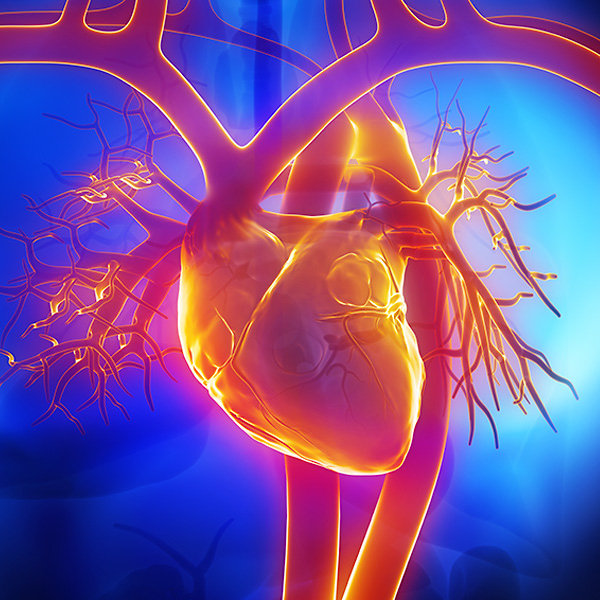Metabolic Syndrome
Overview and Facts about Metabolic Syndrome
Metabolic syndrome is a collection of symptoms and risk factors that increase your chance of developing heart conditions, including stroke, heart disease and diabetes. The five main factors that comprise metabolic syndrome include:
- High blood sugar
- High blood pressure
- High blood fat levels
- High cholesterol levels
- Excess body fat around the waist
People who have several of these symptoms have a far greater chance of getting a heart condition than someone with just one symptom. Overall, metabolic syndrome affects about 23 percent of American adults.
Signs and Symptoms of Metabolic Syndrome
Most of the conditions associated with metabolic syndrome don’t have noticeable symptoms, which means you might not realize you have a problem until it’s too late. Generally, increased waist size and high blood sugar are the two most noticeable symptoms.
- Women might have a waist size greater than 35 inches
- Men might have a waist size of greater than 40 inches
- High blood sugar can cause fatigue, blurry vision, sudden thirst, and urination
Over time, metabolic syndrome can cause a number of harmful problems, including damage to the heart, kidneys, eyes and nerves.
Causes and Risk Factors of Metabolic Syndrome
The biggest cause of metabolic syndrome is obesity. Other causes can include:
- Diabetes or a family history of diabetes
- Insulin resistance, a problem where your body doesn’t respond to insulin anymore
There are also several risk factors for developing metabolic syndrome. These include:
- Getting older
- Being of Mexican-American decent
- Having polycystic ovary syndrome or nonalcoholic fatty liver disease
- Living a sedentary lifestyle
Tests and Diagnosis of Metabolic Syndrome
Your doctor will probably conduct a series of blood tests to diagnose metabolic syndrome. When reviewing the results the doctor will look for:
- A triglyceride level (the amount of fat in the blood) over 150 mg/dL
- A fasting glucose (the amount of sugar in the blood) over 100 mg/dL
- An HDL cholesterol level (the good cholesterol in the blood) under 40 mg/dL in men and 50 mg/dL in women
There are also several other tests they may perform. Your doctor will take a measurement of your waist and check your blood pressure to make sure it’s under 130 mm Hg on the top number and 85 mm Hg on the bottom number.
Treatment and Care for Metabolic Syndrome
The biggest treatment for metabolic syndrome is lifestyle changes. You’ll need to start eating a healthy diet and exercising regularly in order to lose weight. Additionally, you’ll need to stop smoking and reduce your stress levels as much as possible.
For serious cases, your doctor may also prescribe medications to lower your cholesterol, blood pressure, and blood glucose levels.

Request an Appointment
Loyola Medicine heart and vascular specialists have the experience and technology to treat the most difficult cardiac and vascular conditions. Schedule an appointment today.
Schedule a Telehealth Appointment
